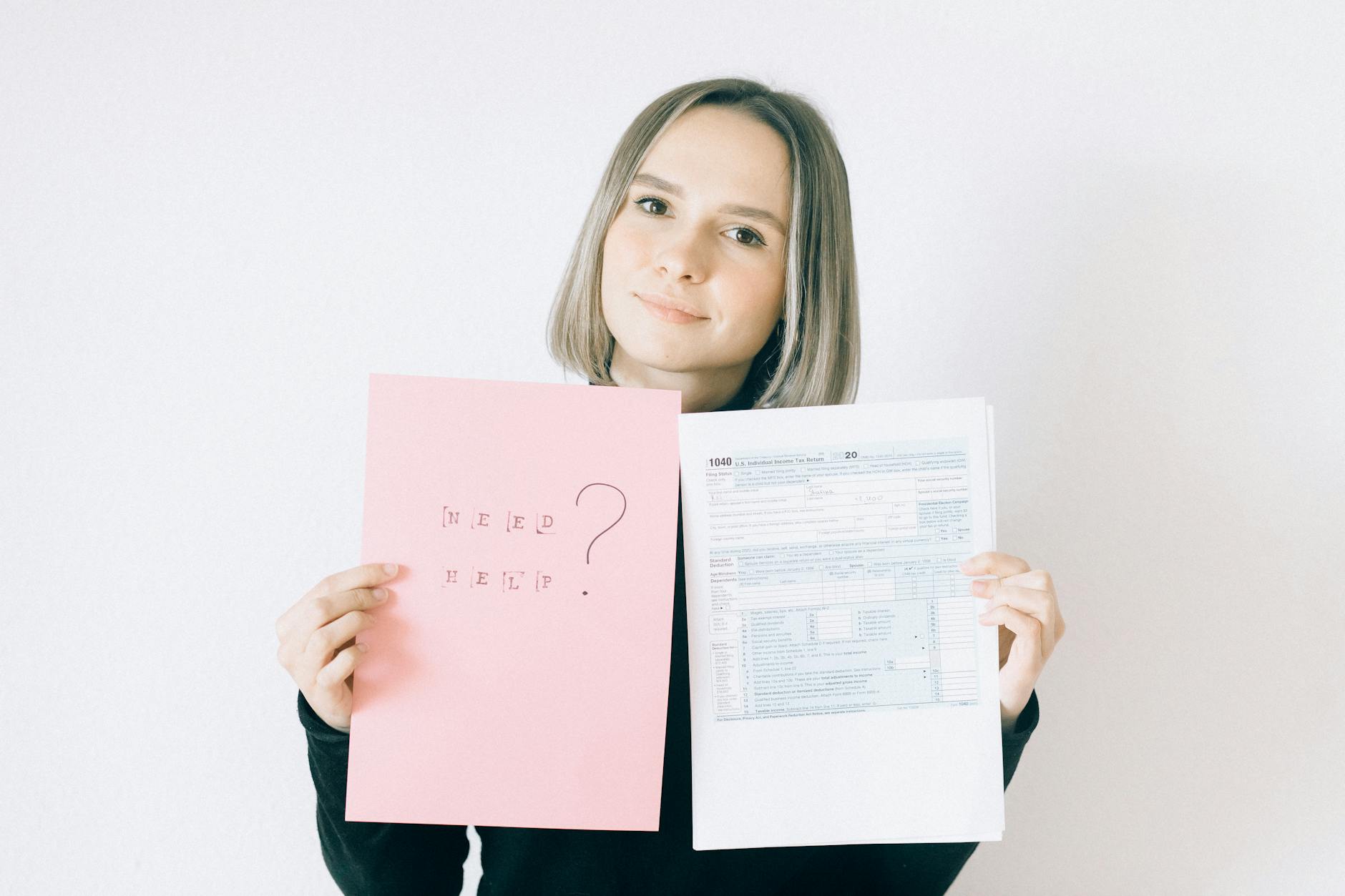New Tax Reporting System: What Sole Traders and Landlords Need to Know About the £300 Bill
HMRC’s Making Tax Digital initiative set to impact self-assessment from April 2026
Sole traders and landlords should be aware of significant upcoming changes to tax reporting that will take effect from April 2026. Her Majesty’s Revenue and Customs (HMRC) is implementing a new system known as Making Tax Digital (MTD) for Income Tax Self Assessment (ITSA). While the exact cost will vary, reports suggest that the transition could involve expenses of up to £300 for individuals needing to comply with the new digital reporting requirements.
Understanding the Shift to Digital Tax Reporting
The core of these changes lies in HMRC’s ambition to modernize the tax system through MTD for ITSA. This initiative aims to move away from the current annual self-assessment tax return process towards a more continuous, digital approach. Under the new system, businesses and landlords with annual turnovers or gross rental income above £50,000 will be required to keep digital records and provide regular updates to HMRC. The scope is expected to expand to those with income over £10,000 from April 2027, aligning with the original timeline announced by the government.
The “£300 Bill”: What to Expect and Why
The figure of £300, cited in some reports, is an estimate of the potential cost for individuals to become compliant. This figure typically includes the cost of purchasing or subscribing to compatible accounting software, and potentially seeking advice from tax professionals to navigate the new digital processes. HMRC emphasizes that the aim of MTD is to simplify tax administration and reduce errors, but the upfront investment in new technology and training is a key consideration for many affected taxpayers.
Government’s Rationale for MTD
HMRC states that Making Tax Digital is designed to help businesses and individuals get their tax right. The move towards digital record-keeping and more frequent submissions is intended to make tax administration more efficient, both for taxpayers and for HMRC. By providing real-time or near real-time information, the system aims to reduce the likelihood of errors and inaccuracies that can occur with the current annual reporting cycle. This proactive approach is also expected to help taxpayers better manage their tax obligations throughout the year, rather than facing a large bill and complex calculations at the end of the tax year.
Perspectives on the New Tax System
While the goal of modernization is often welcomed, the practical implications of MTD for ITSA have generated discussion. Some tax professionals and representative bodies have raised concerns about the readiness of the software landscape and the potential administrative burden on small businesses and individual landlords. The transition requires an investment in new software and potentially upskilling, which can be a significant hurdle for those operating with tighter margins. The phased introduction, beginning with higher income thresholds, is intended to allow for a smoother transition and provide time for businesses to adapt.
Pros and Cons of Making Tax Digital
Potential Advantages:
- Improved Record-Keeping: Digital tools can offer better organization and easier tracking of income and expenses.
- Reduced Errors: Regular digital updates may help identify and correct mistakes more promptly than traditional annual returns.
- Tax Planning: A clearer, ongoing view of tax liabilities could facilitate better financial planning.
- Efficiency: For some, integrated software may streamline the tax reporting process.
Potential Disadvantages:
- Cost of Software: Acquiring and maintaining compatible software can be an expense.
- Learning Curve: Adopting new digital systems may require training and adjustment.
- Data Security: Increased reliance on digital platforms raises questions about data protection.
- Complexity for Some: Certain business structures or less tech-savvy individuals may find the transition challenging.
What Sole Traders and Landlords Should Do Now
With the April 2026 deadline approaching, it is advisable for sole traders and landlords who will be affected by MTD for ITSA to begin preparing. This includes:
- Assessing current record-keeping: Determine if current methods will be compatible with digital requirements.
- Researching software options: Investigate accounting software that meets MTD specifications. HMRC maintains a list of compatible software.
- Consulting with tax advisors: Seek professional guidance on the best approach for individual circumstances and software selection.
- Understanding income thresholds: Be aware of the £50,000 (and later £10,000) income thresholds that trigger MTD obligations.
Key Takeaways for Taxpayers
- The Making Tax Digital for Income Tax Self Assessment (MTD for ITSA) initiative begins in April 2026 for those with income over £50,000.
- This means keeping digital records and providing more regular tax updates to HMRC.
- Costs for compliance, including software, may be incurred, with estimates around £300.
- The aim is to modernize tax reporting, reduce errors, and improve efficiency.
- Early preparation by researching software and consulting advisors is recommended.
Preparing for the Digital Future of Taxation
The move to MTD for ITSA represents a significant shift in how self-employed individuals and property owners will manage their tax affairs. While the long-term benefits of a modernized system are promoted, the immediate impact of new digital requirements and associated costs warrants careful consideration and proactive planning. Staying informed about HMRC’s guidance and seeking appropriate professional advice will be crucial for a smooth transition.


























